On April 23, the Central Organizing Committee provided guidance on the establishment of corresponding party organizations in local administrative units after the merger. Accordingly, the province or city identified as the new political-administrative center will preside over the project to establish the new provincial or municipal party committee.
 |
3/2 Square, Bac Giang city, Bac Giang province. |
The project must comply with the Party Charter, the viewpoints and guiding principles of the Central Committee, and clearly define the functions, tasks, organizational structure, supporting staff agencies, Party organizations and affiliated public service units. Localities must complete and submit the project to the Central Organizing Committee before June 15.
The Central Organizing Committee will review and advise the Politburo and the Secretariat to decide on the establishment of Party Committees of provinces and cities; appoint the executive committee, standing committee, secretary, deputy secretary of the provincial and municipal Party Committees, inspection committee, chairman and deputy chairman of the provincial and municipal inspection committees for the 2020-2025 term; to be completed before September 15.
Based on the approved project and decision of the competent authority, before September 15, the provincial standing committee will arrange leaders, managers, cadres, civil servants, and public employees of specialized advisory and support agencies and public service units based on the existing payroll.
For provinces and cities that do not merge, localities will continue to carry out work according to the tasks assigned by the Central Government.
According to the instructions, after the National Assembly's Resolution on amending the 2013 Constitution and merging provinces and communes takes effect, the provincial Party Committee will decide to end the activities of the old district and commune-level Party Committees and establish new commune-level Party Committees.
The current Standing Committee of the Provincial and Municipal Party Committees has the authority to decide on the establishment of commune-level Party Committees, appoint executive committees, standing committees, secretaries, deputy secretaries, inspection committees, and chairmen and deputy chairmen of inspection committees of commune-level Party Committees for the 2025-2030 term.
On that basis, the provincial and commune standing committees will establish advisory and support agencies and public service units for the commune-level Party Committees. The commune and ward Party Committees will have three specialized agencies: the office, the Party building committee and the inspection committee. The commune and ward Party Committees where the district-level political center is currently located will establish an additional political center as a public service unit of the Party Committee.
The special zone Party Committee, as the direct superior Party Committee of the grassroots Party organization, will establish four advisory and support agencies, including the office, the Organization Committee, the Propaganda and Mass Mobilization Committee, the Inspection Committee, and the political center, which is the Party Committee's public service unit.
The provincial and municipal Party Committees will arrange cadres, civil servants and public employees by sending people from the current district and commune levels and increasing the number of provincial-level department and agency leaders to the new communes. This work will be completed before July 1.
The number of leaders, civil servants, and public employees in specialized agencies, advisory agencies, support agencies, and public service units of the commune-level Party Committee after the merger is about 15-17 people; places with political centers will have no more than 20 positions. In the immediate future, localities can arrange more positions, but within 5 years, they must be brought back to the regulations.
For communes and wards that do not merge, the arrangement of staff for the advisory and support agencies will be carried out in accordance with the actual situation, ensuring the general balance in the political system at the same level. For communes with administrative boundary adjustments, the Provincial Standing Committee will direct the transfer and reception of party organizations and party members between relevant commune-level party committees.
The work of arranging the apparatus and assigning cadres and civil servants at the commune level must be reported to the Central Organizing Committee before August 15.
According to Resolution 60 issued by the Central Committee on April 12, 11 provinces and cities will remain the same, including Hanoi, Hue, Lai Chau, Dien Bien, Son La, Lang Son, Quang Ninh, Thanh Hoa, Nghe An, Ha Tinh and Cao Bang. The remaining 52 localities will be merged to form 23 provinces and cities. Thus, the country will have a total of 34 provincial-level administrative units, including 28 provinces and 6 centrally-run cities. It is expected that the number of commune-level administrative units nationwide will decrease by about 60-70% compared to the present.
Source: https://baobacgiang.vn/bo-chinh-tri-ban-bi-thu-chi-dinh-bi-thu-tinh-uy-sau-sap-nhap-postid416911.bbg


![[Photo] Enjoying the experience of enjoying specialty coffee](https://vstatic.vietnam.vn/vietnam/resource/IMAGE/2025/4/28/cb4f5818052e479392e8b3ad06cb1db0)
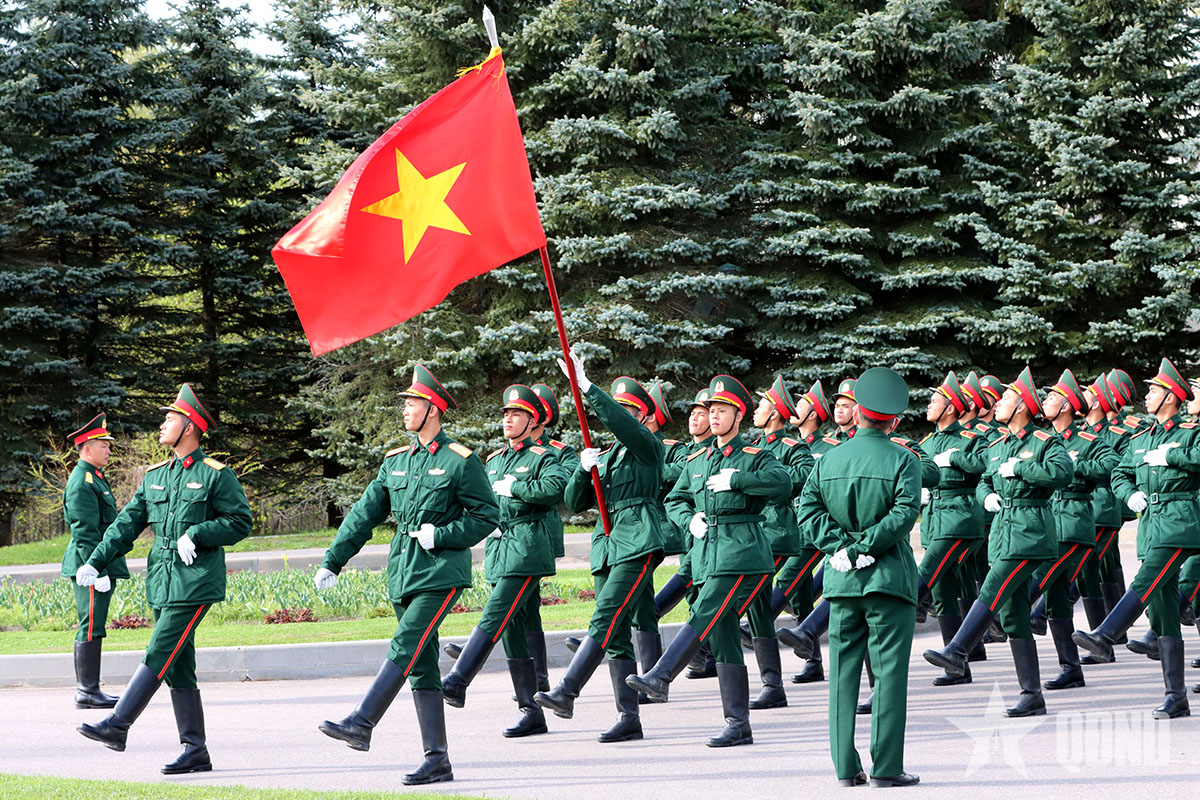
![[Photo] Prime Minister Pham Minh Chinh holds talks with Japanese Prime Minister Ishiba Shigeru](https://vstatic.vietnam.vn/vietnam/resource/IMAGE/2025/4/28/ee88e7119877496a9a73bb456f3414d3)
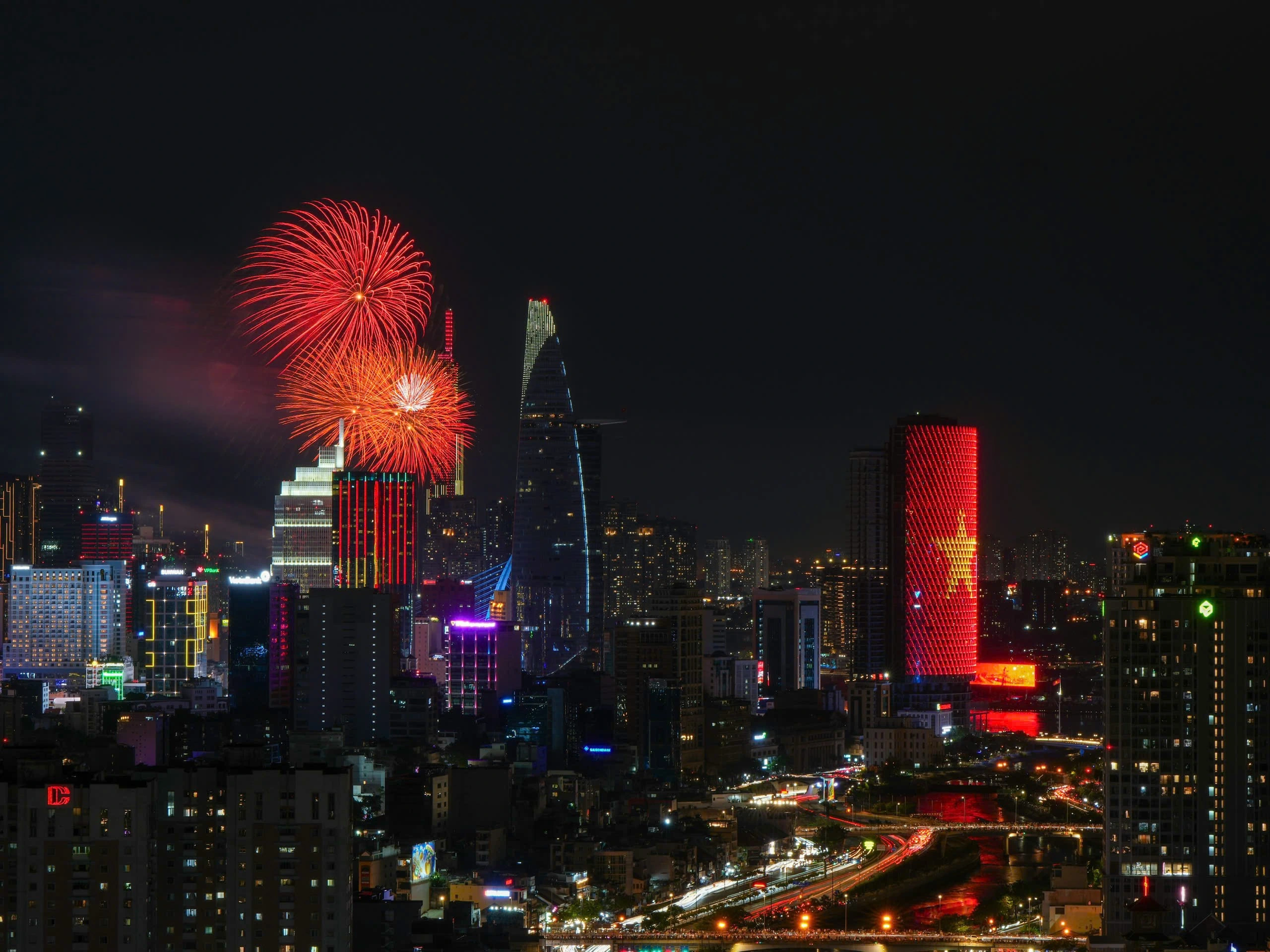
![[Photo] Welcoming ceremony for Japanese Prime Minister Ishiba Shigeru and his wife](https://vstatic.vietnam.vn/vietnam/resource/IMAGE/2025/4/28/1c97f7123f4f47078488e8c412953289)
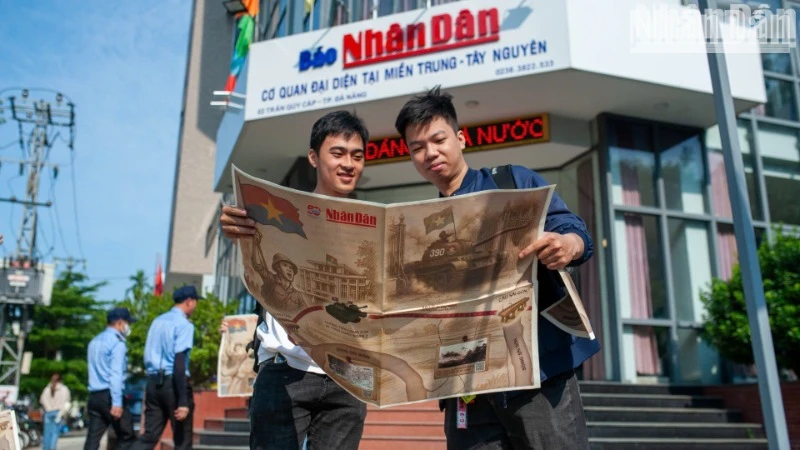

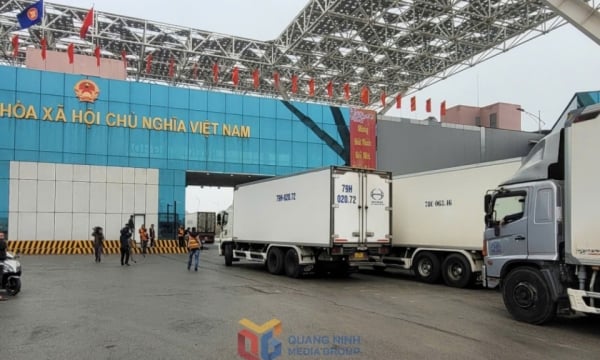
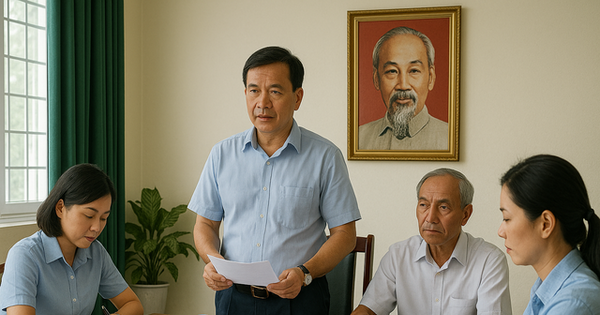

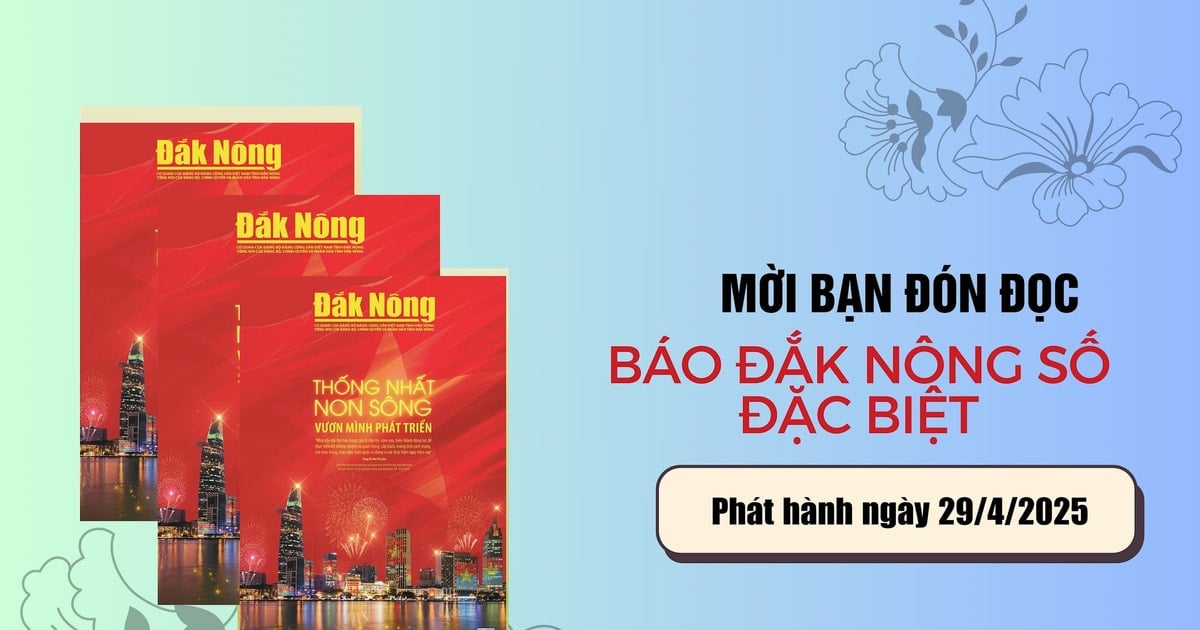
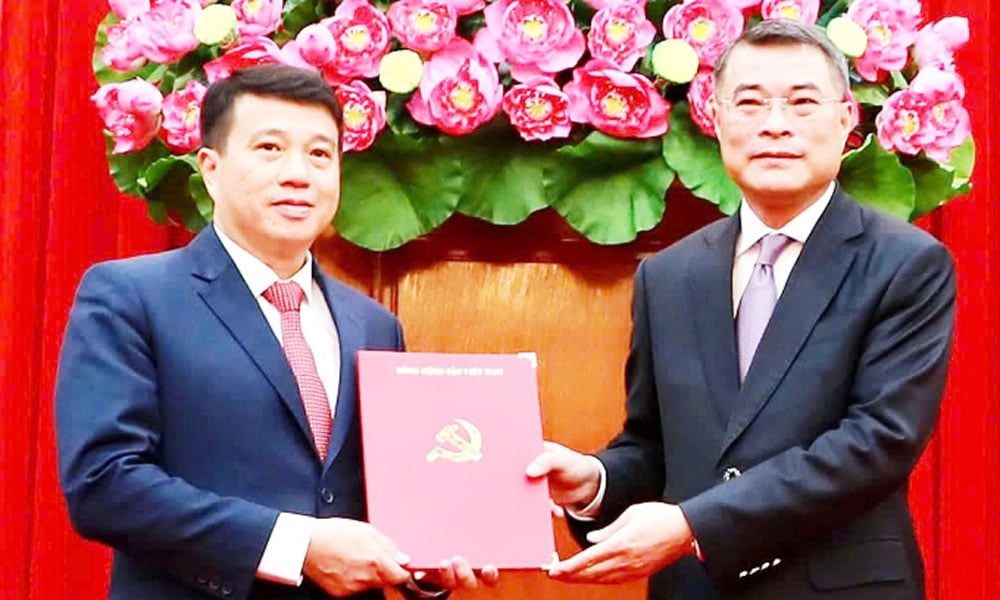

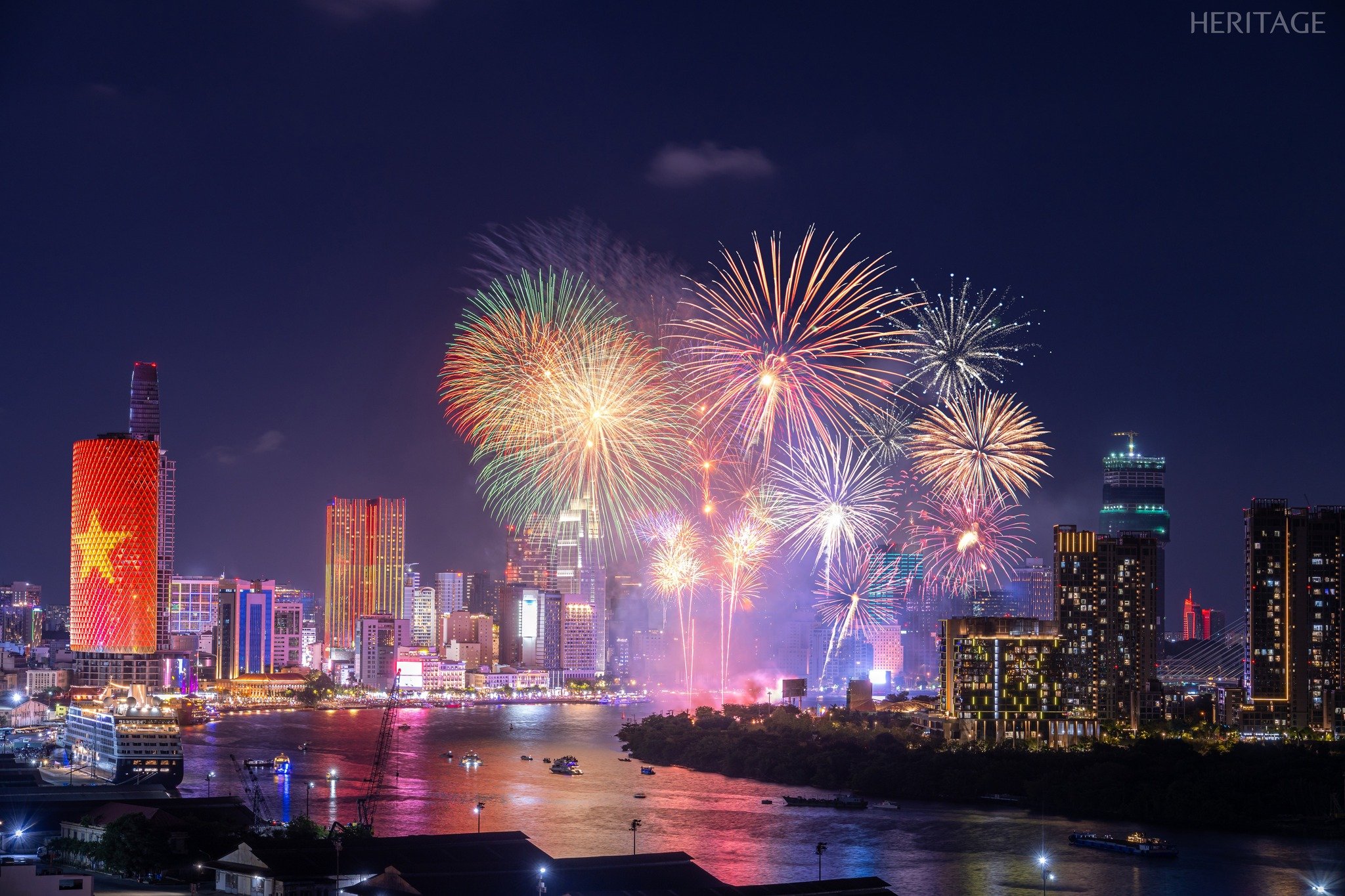


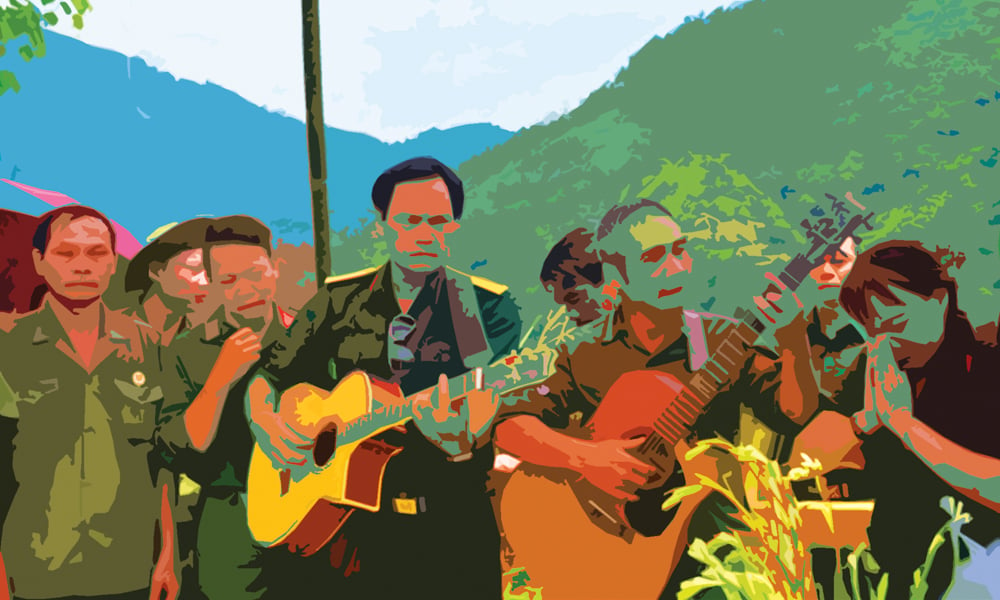
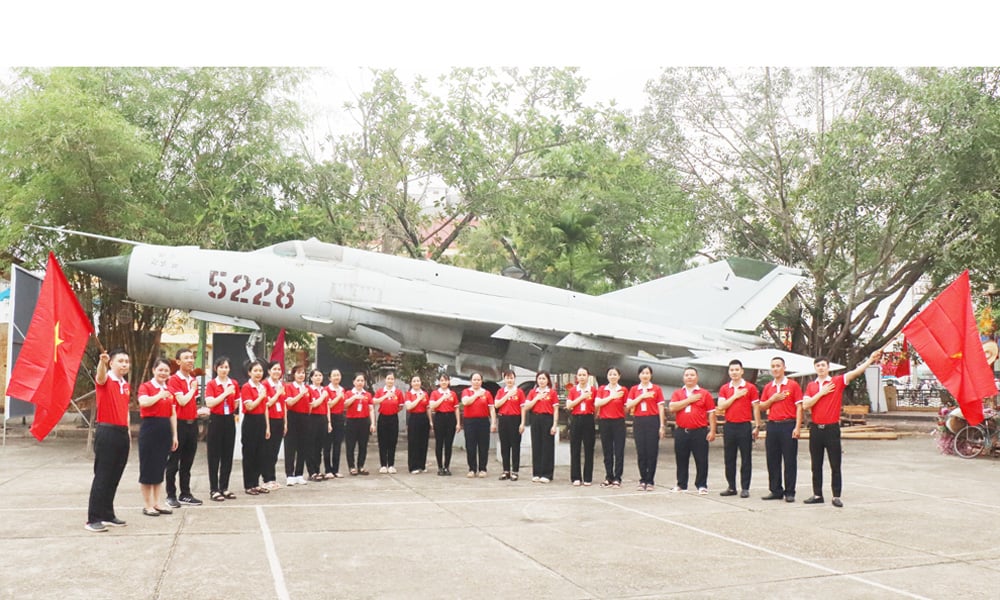
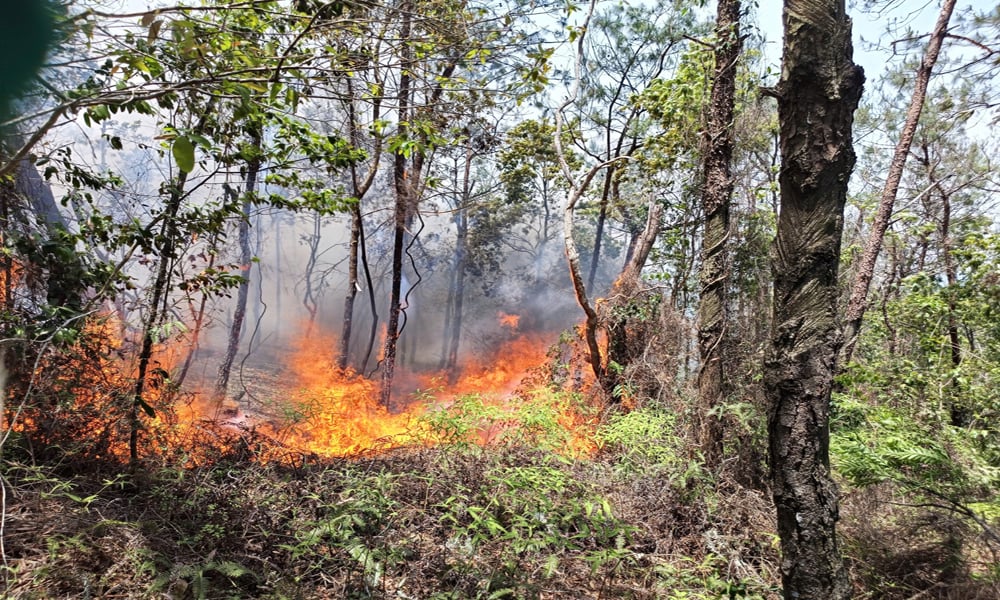
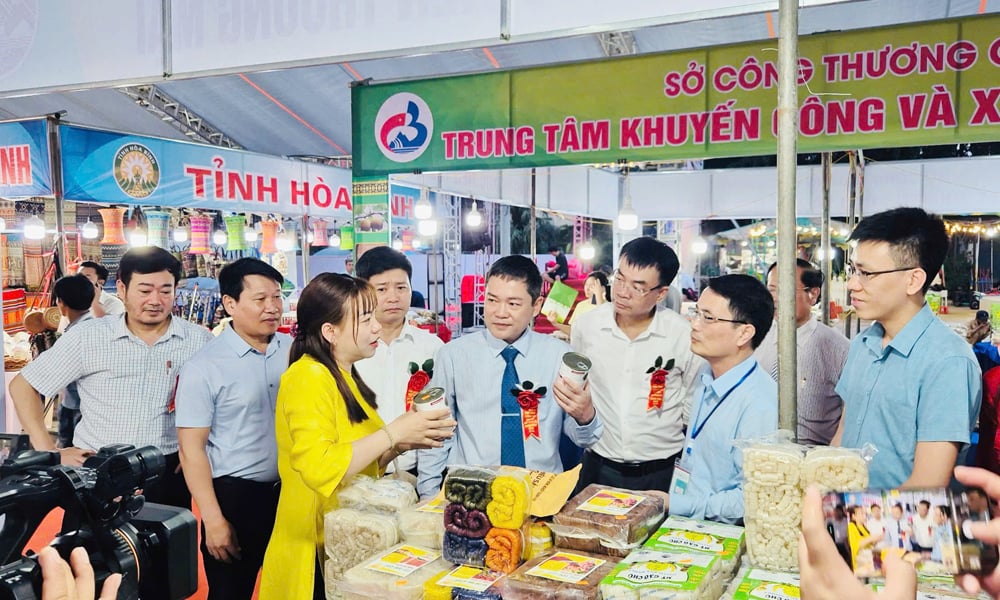

![[Photo] Fireworks light up Hanoi sky to celebrate national reunification day](https://vstatic.vietnam.vn/vietnam/resource/IMAGE/2025/4/28/5b4a75100b3e4b24903967615c3f3eac)
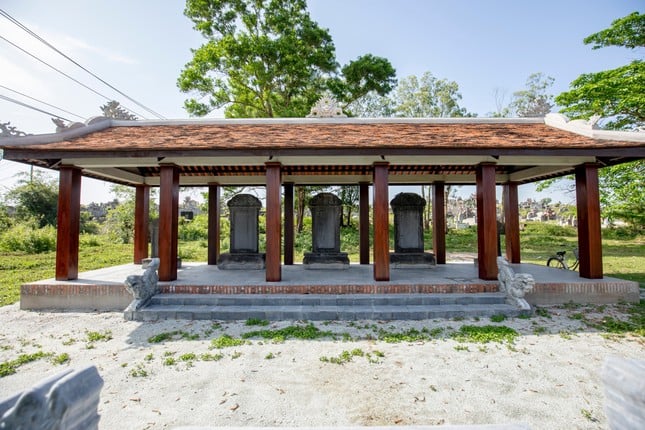

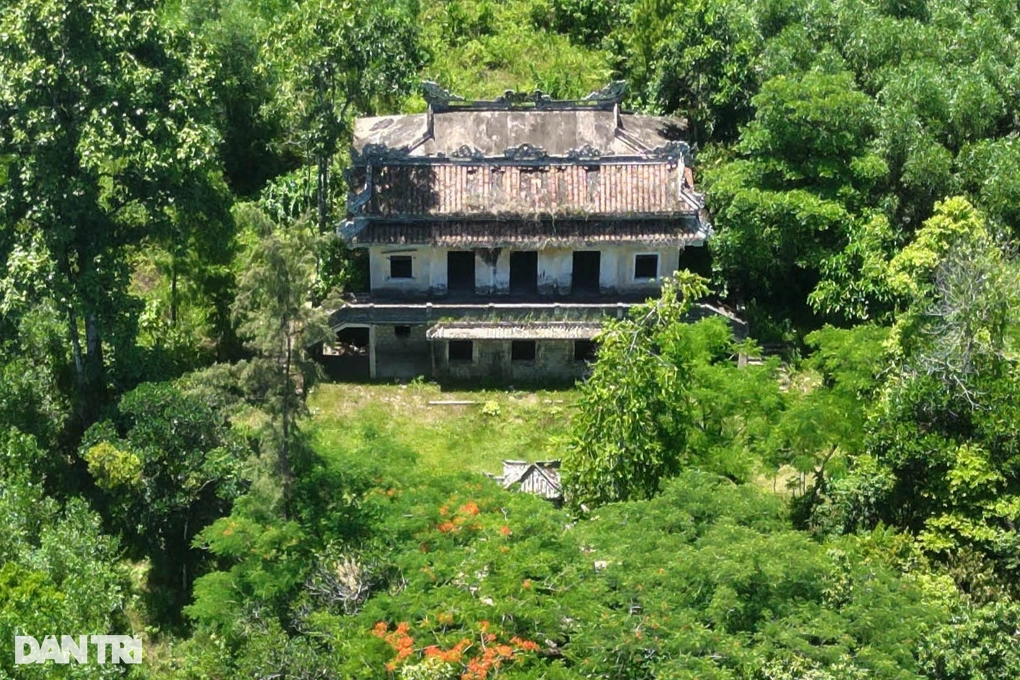

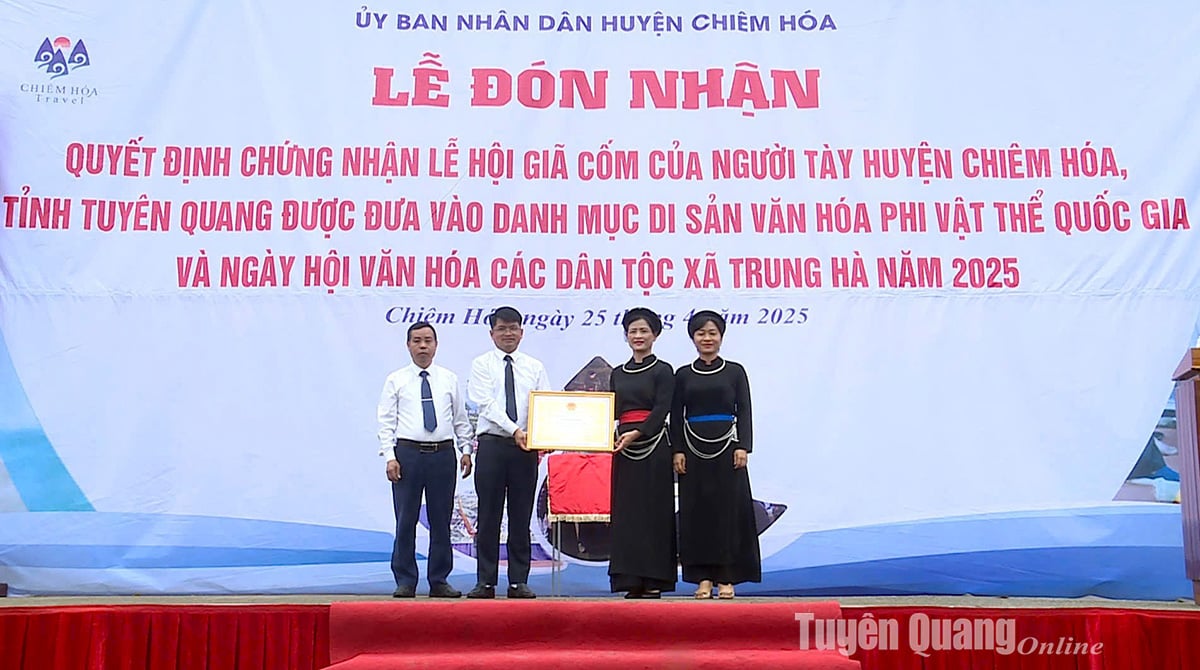

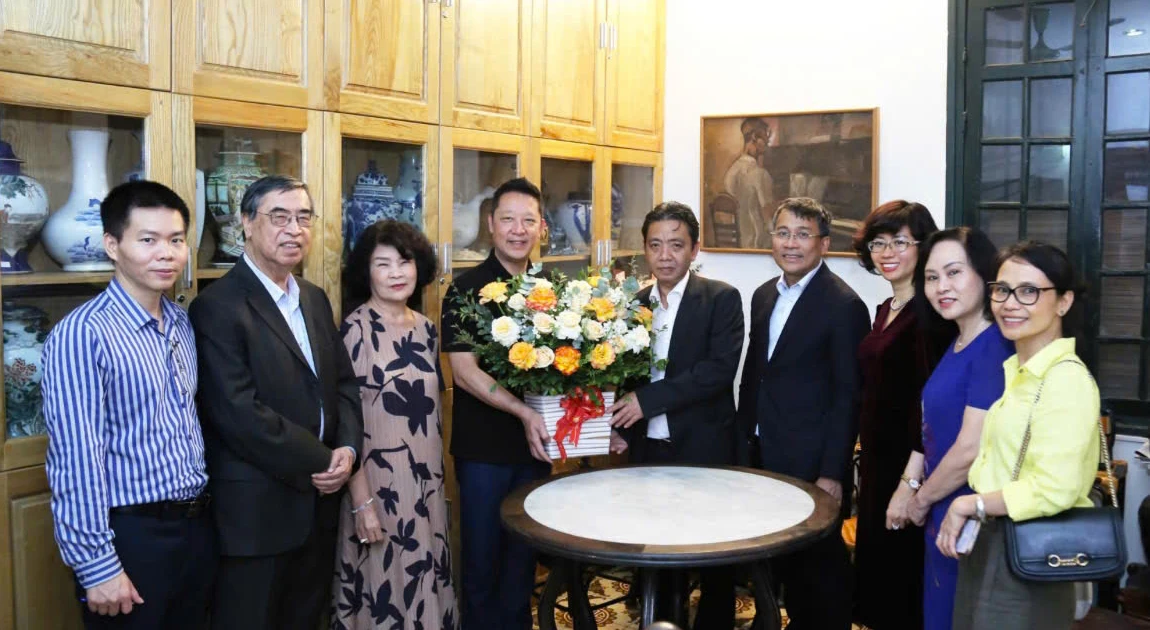

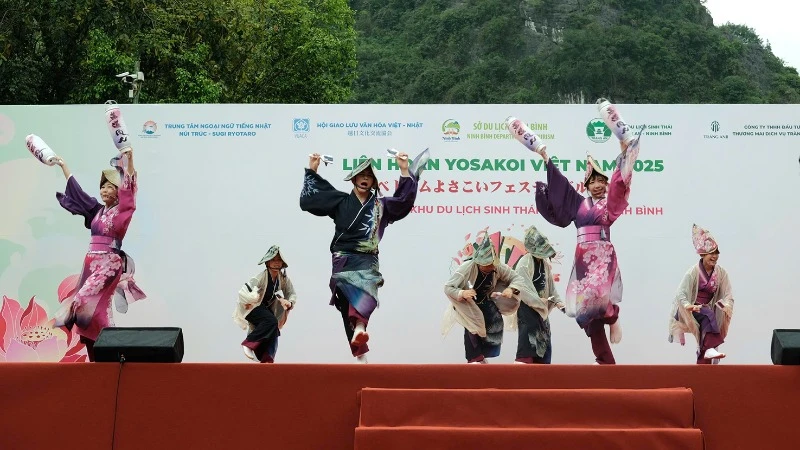
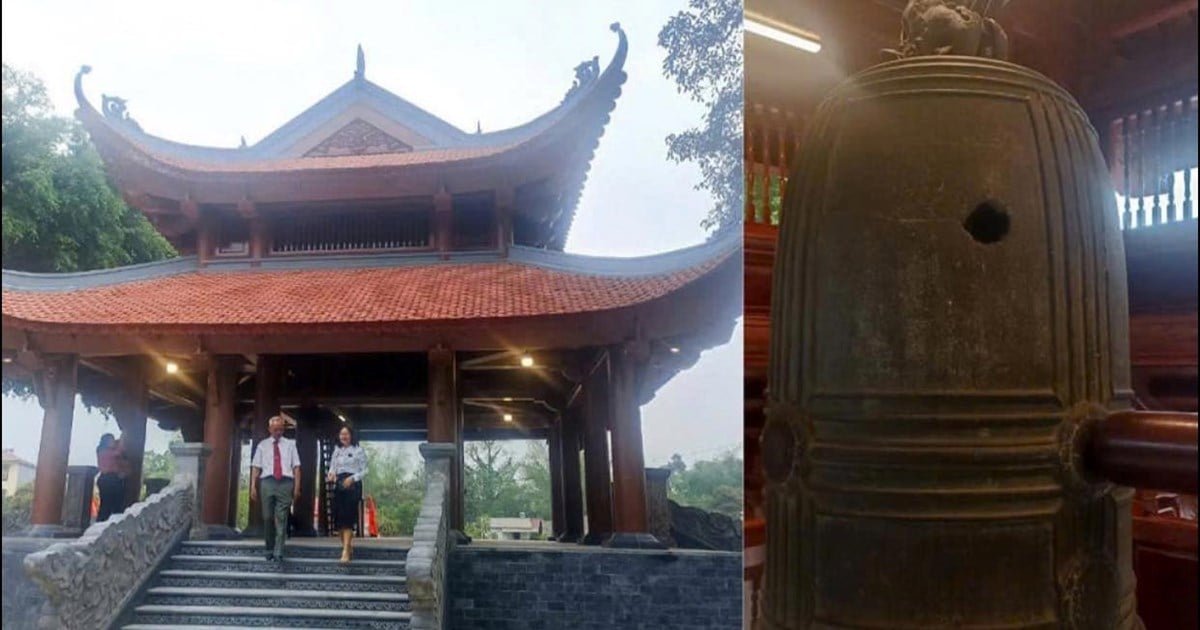



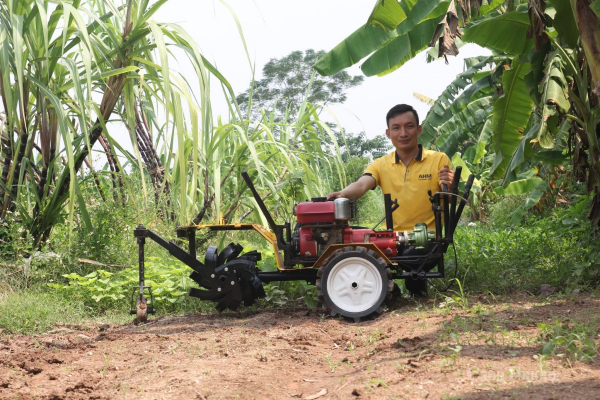



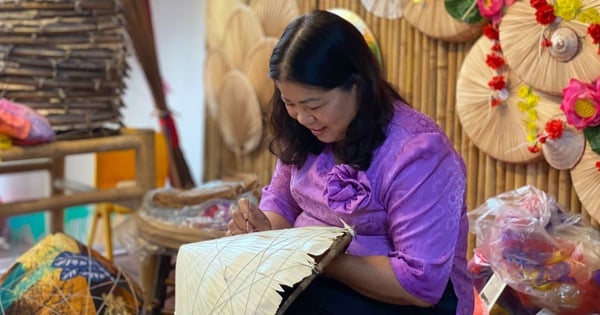






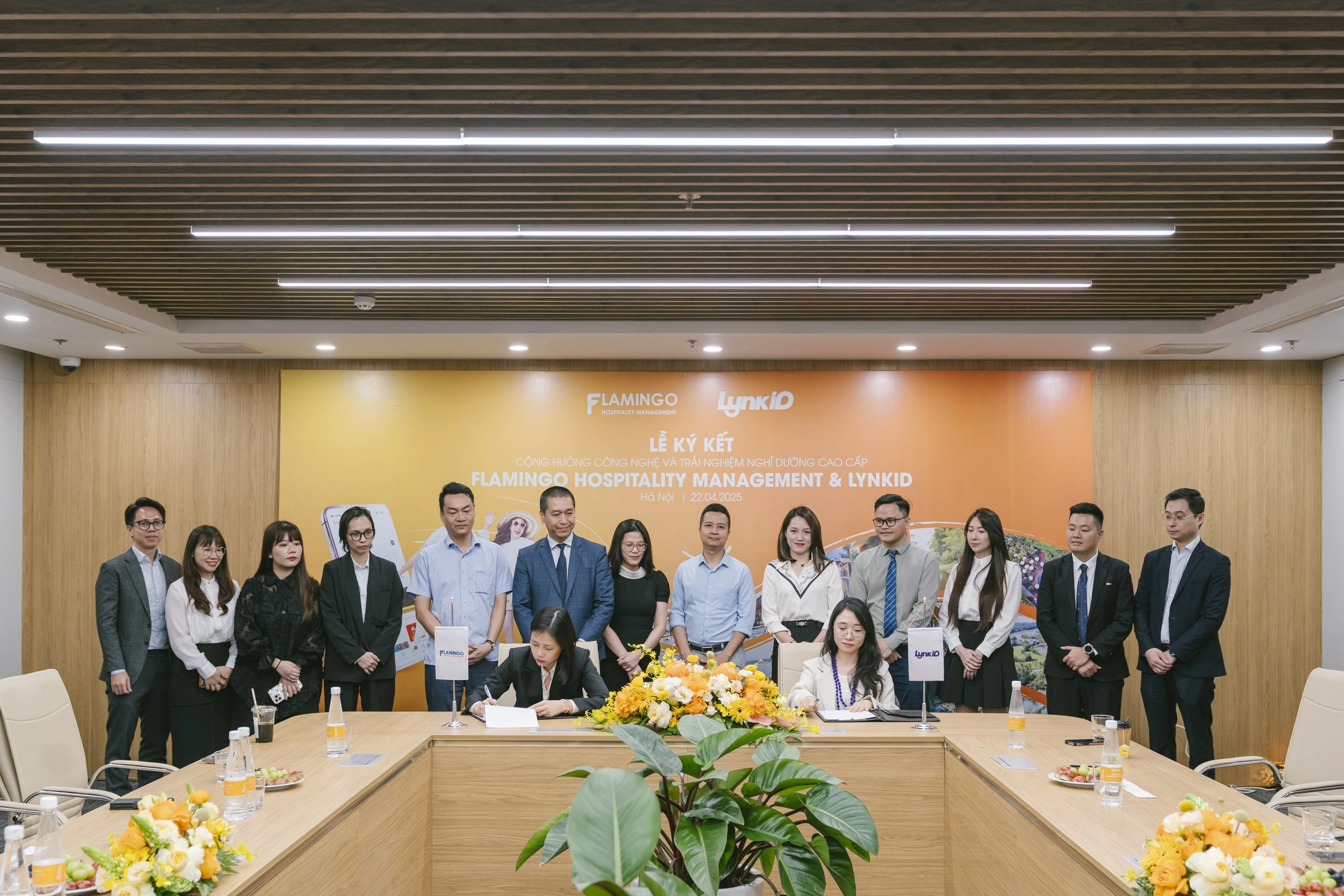
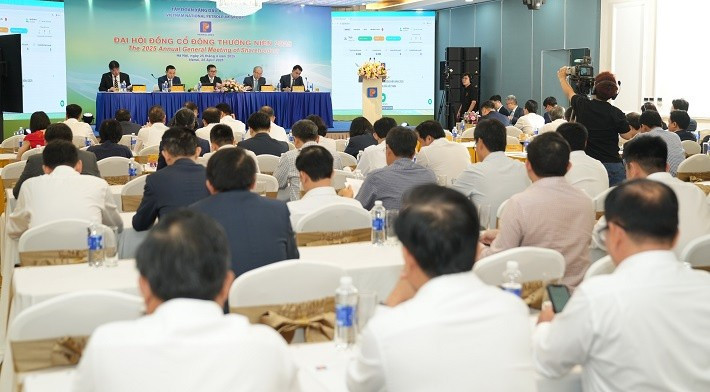

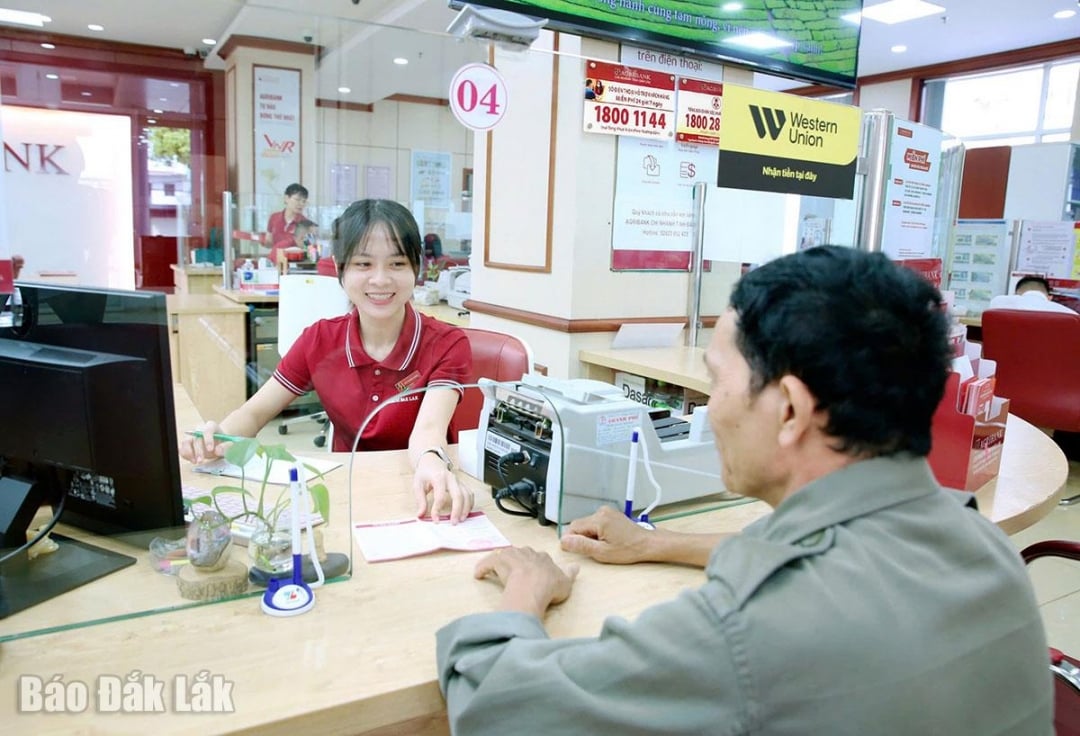




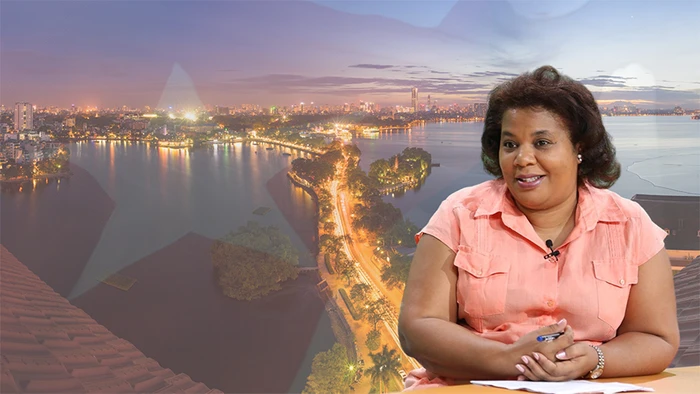
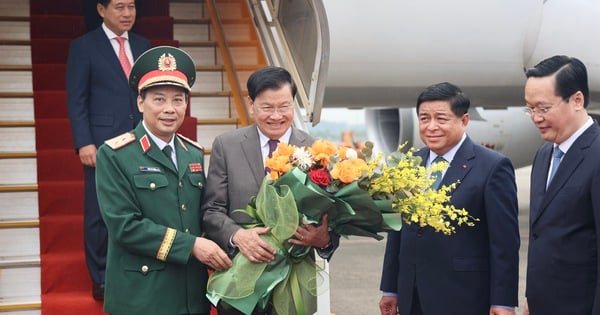

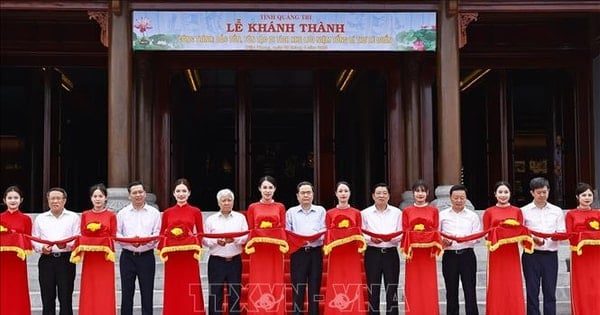

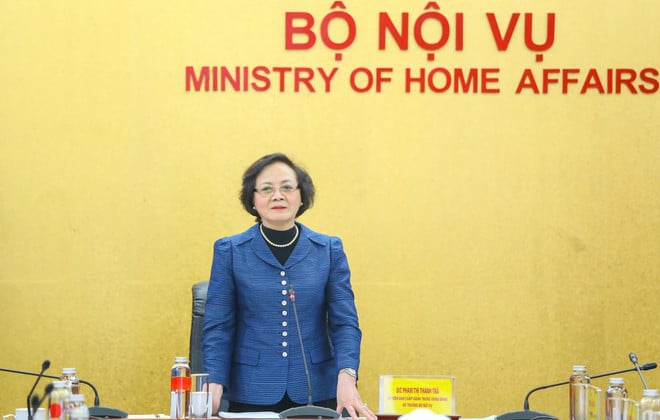

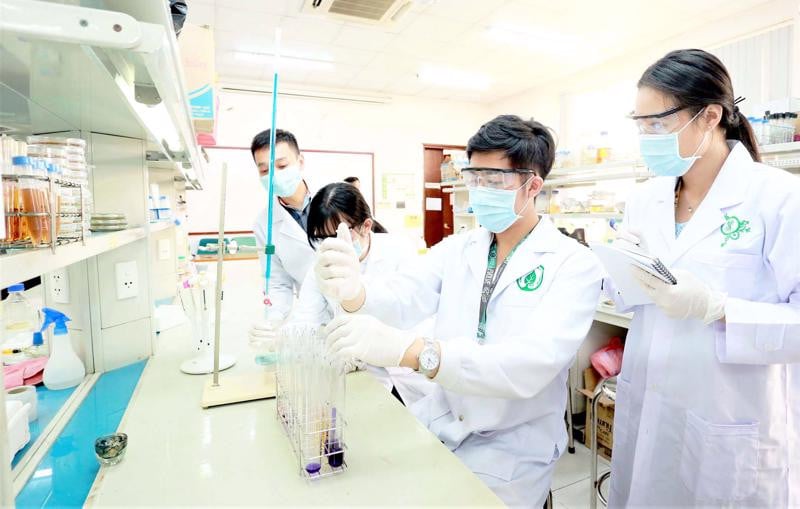
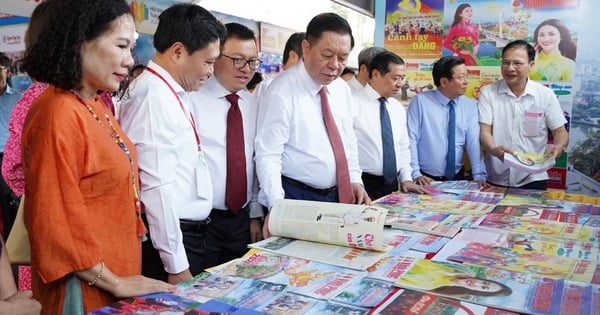

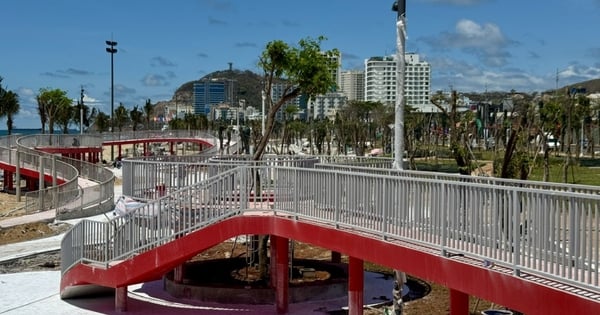
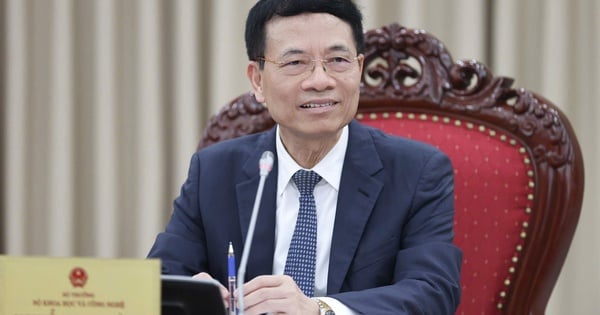

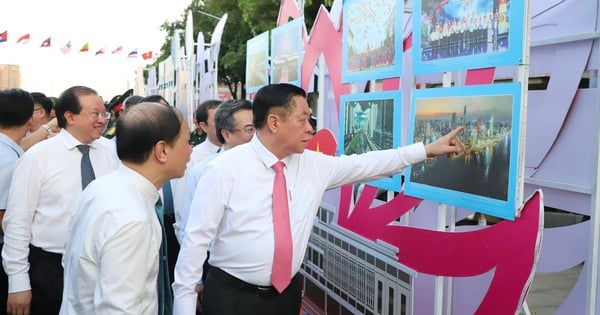
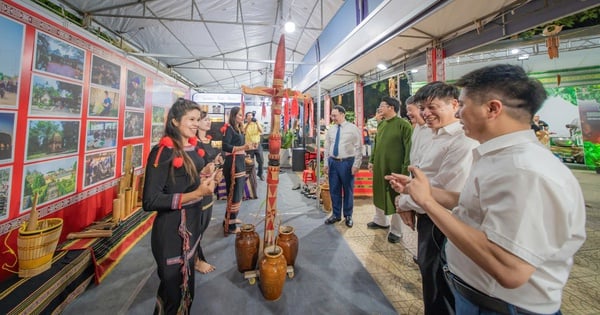
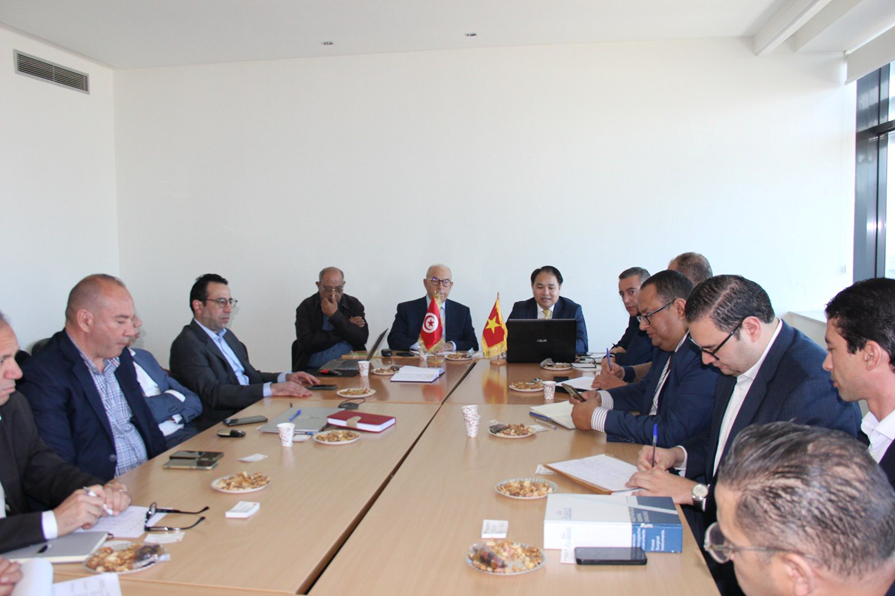



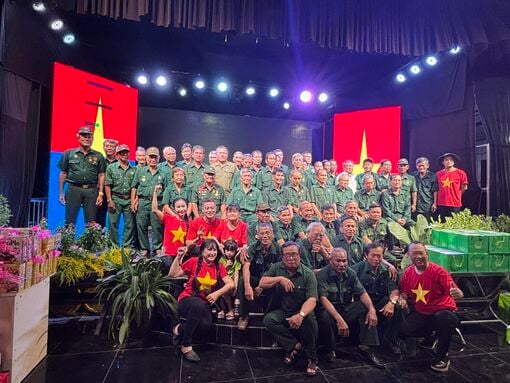





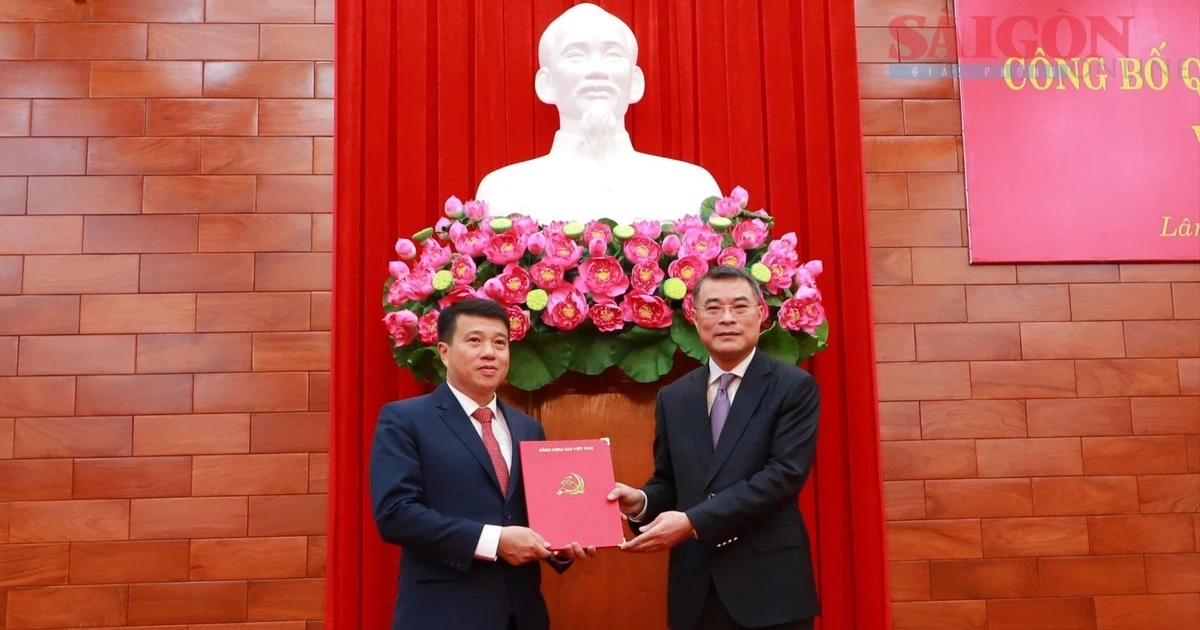
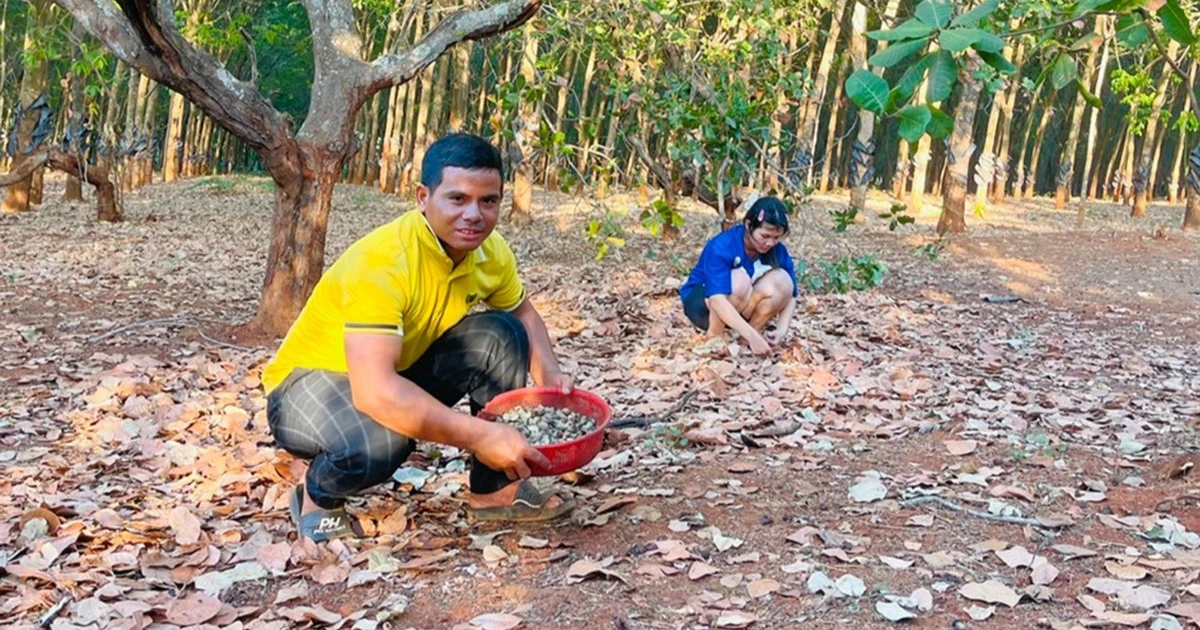


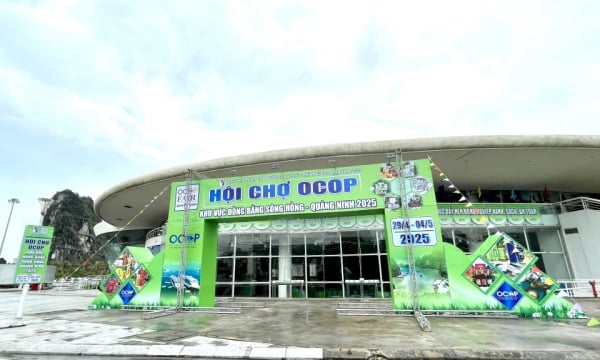
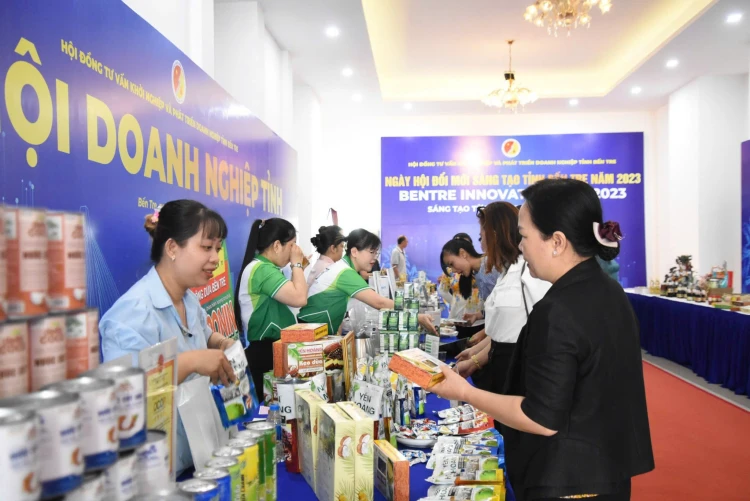







Comment (0)